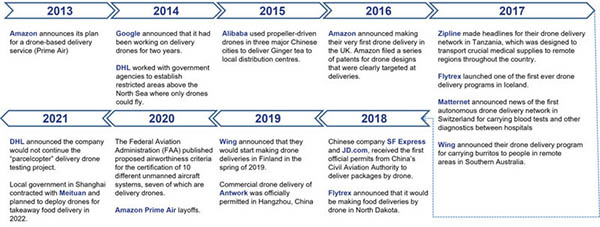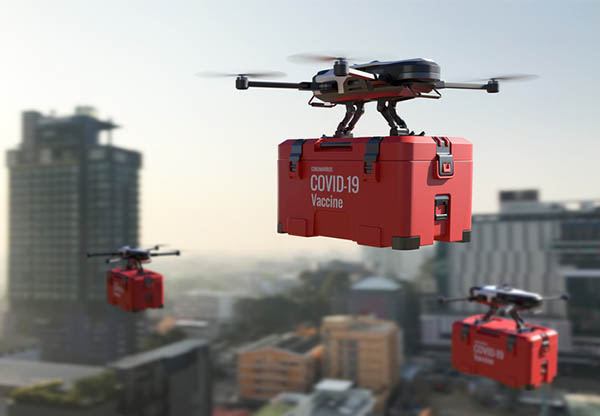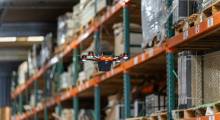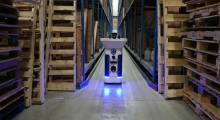Regulations, safety concerns, and potential data leaks are a few of the challenges facing the drone-delivery space, according to a recent report by market research firm IDTechEx.
In the report, “Mobile Robotics in Logistics, Warehousing and Delivery 2022 to 2042,” IDTechEx forecasts that the drone-delivery market will grow at a healthy rate in the short term, but it might not take off until after this decade.
The report also includes analysis of drone technology, a comparison between drone and robotic deliveries, the most recent regulatory updates, and profiles of major market players, according to IDTechEx.
The research firm said the problems outlined in the report help shed light on the challenges facing Amazon's drone-delivery program, Amazon Prime Air.

Drone regulations seen as a barrier
IDTechEx said that regulation is one of the biggest hurdles for the drone market. In most countries or regions, there is no regulation specifically for autonomous delivery drones, found the research firm.
For instance, unmanned aerial vehicles (UAVs) require waivers from the U.S. Federal Aviation Administration (FAA) to operate beyond the visual line of sight (BVLOS). This makes it “impossible” for the drone-delivery industry to grow because somone must always monitor flights in the field, said IDTechEx.
Countries such as Iceland have more permissive regulations. But this is because such countries are sparsely populated and therefore there are fewer commercial opportunities, the report noted.
Some countries and regions have approved testing or semi-commercial drone delivery operations and announced deregulation plans for drones.
The FAA has published proposed airworthiness criteria for the certification of 10 different unmanned aircraft systems, seven of which are used for healthcare, retail, or food deliveries, allowing the drones to be operated in the restricted areas in the U.S.
Safety concerns with drone delivery
Since drones are operated at a certain level of height, any component failure, mid-air collision, battery disruption, or loss of communication could potentially lead to drones falling to the ground, causing serious damage to people or properties.
Drones—especially autonomous UAVs—are usually required to have redundant designs, said IDTechEx.
Privacy risks must be mitigated
Another significant concern is about the leakage of private data, said the report.
In order to precisely land on the ground and avoid obstacles, cameras and other scanning sensors are often implemented on autonomous drones. This will unavoidably collect unauthorized privacy data. If inappropriately dealt with, the data may be leaked, IDTechEx said.
In addition, once more civil aircrafts, such as drones and air taxi, are deployed, aerial traffic conditions will be different, likely crowded, and regulations will be needed to control the traffic.
Drone delivery future still looks bright
Despite the current challenges, the future market of drone delivery is still promising, because drones can enable fast and relatively cost-effective deliveries, particularly in suburban, rural, and mountainous areas, said IDTechEx.
The report also examines other robots used in logistics, such as automated ground vehicles (AGVs), autonomous mobile robots (AMRs), mobile picking robots, autonomous trucks, and last-mile delivery robots.
Article topics
Email Sign Up
















